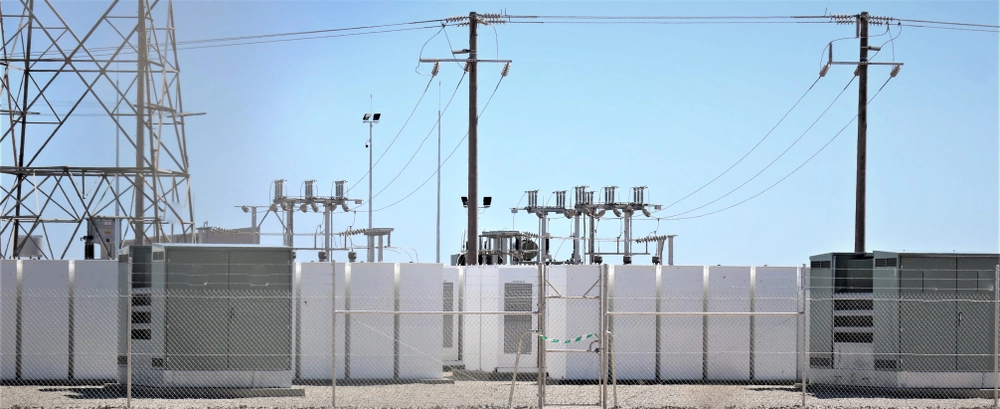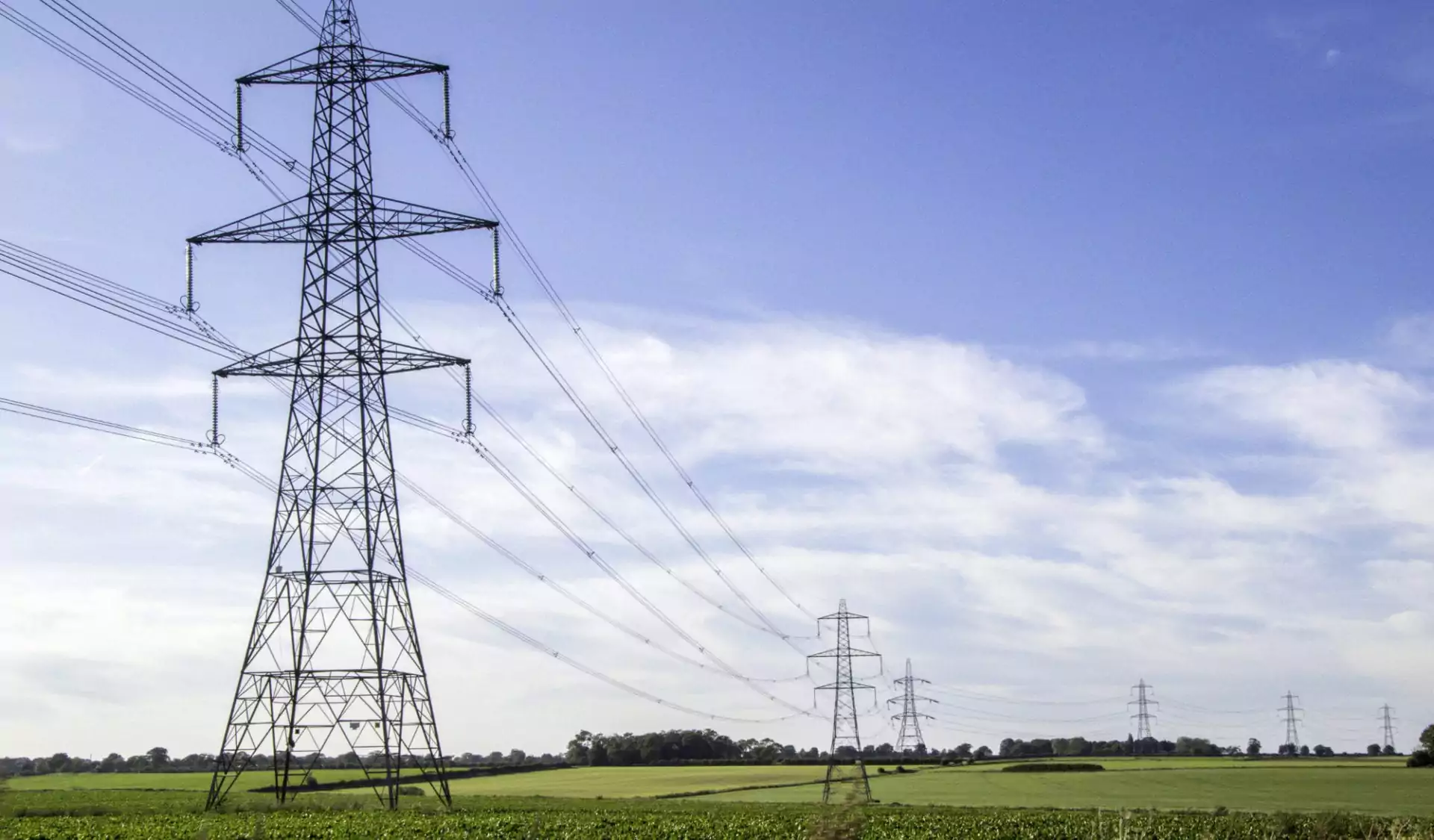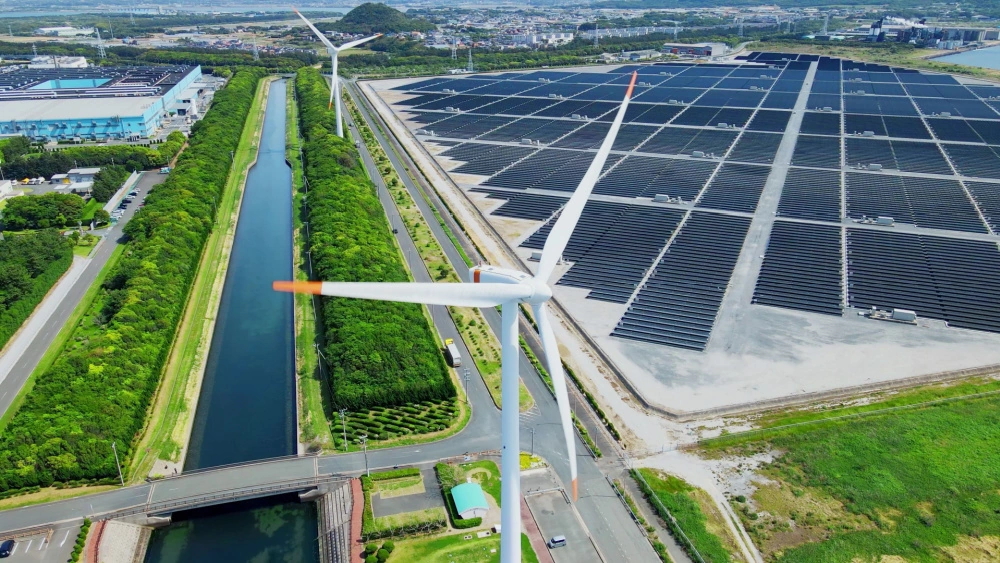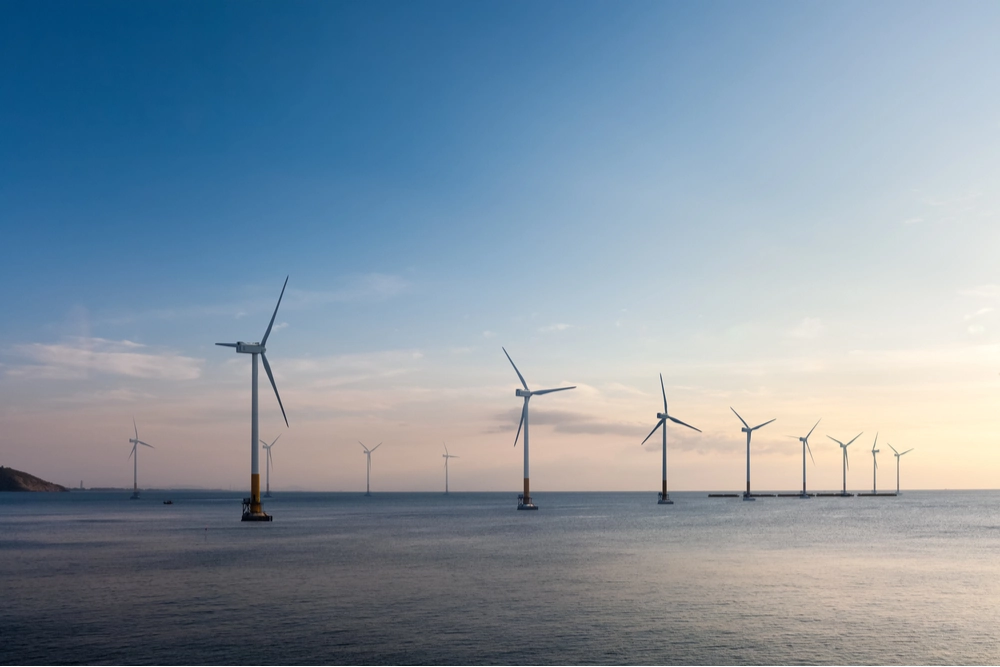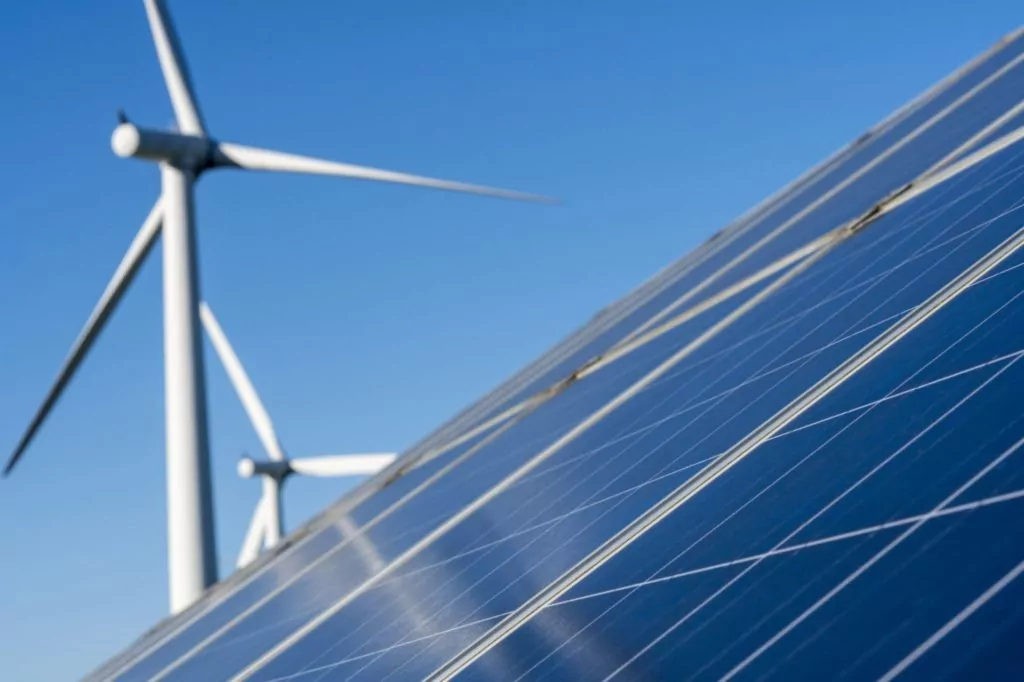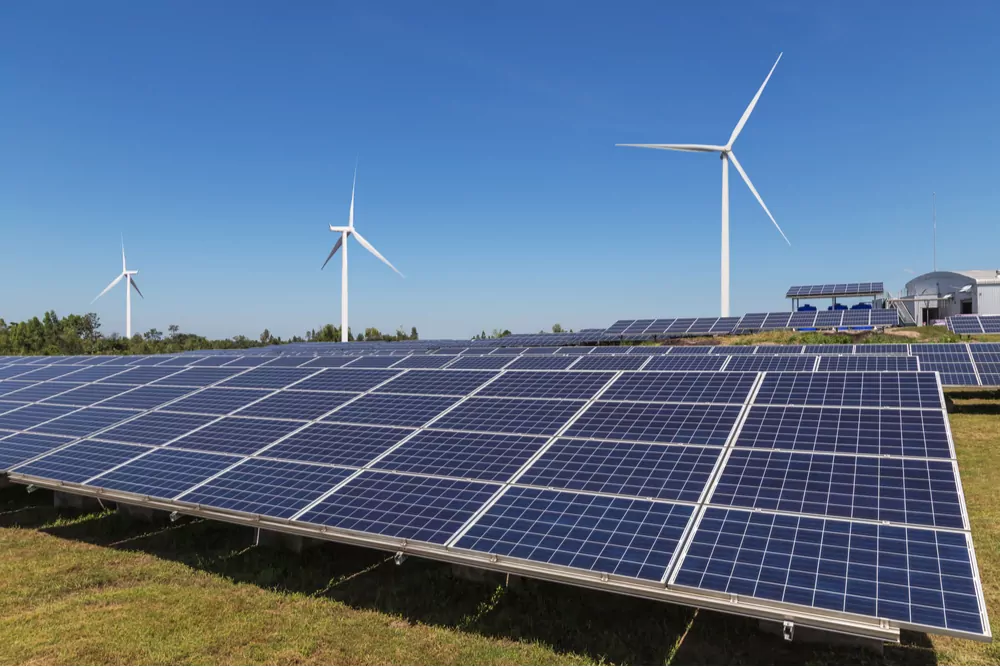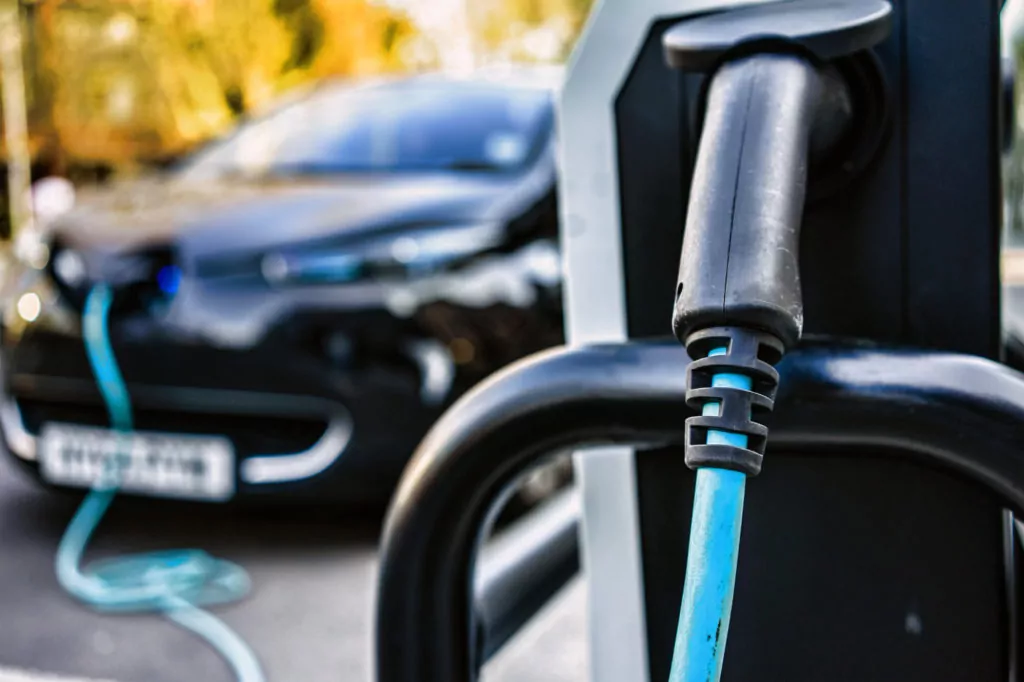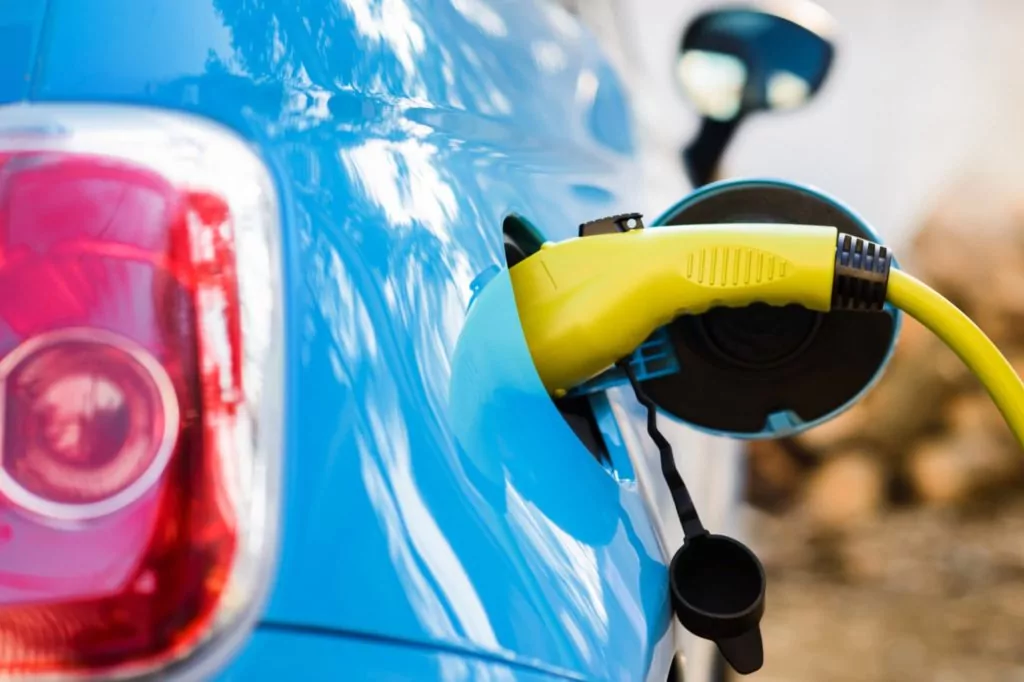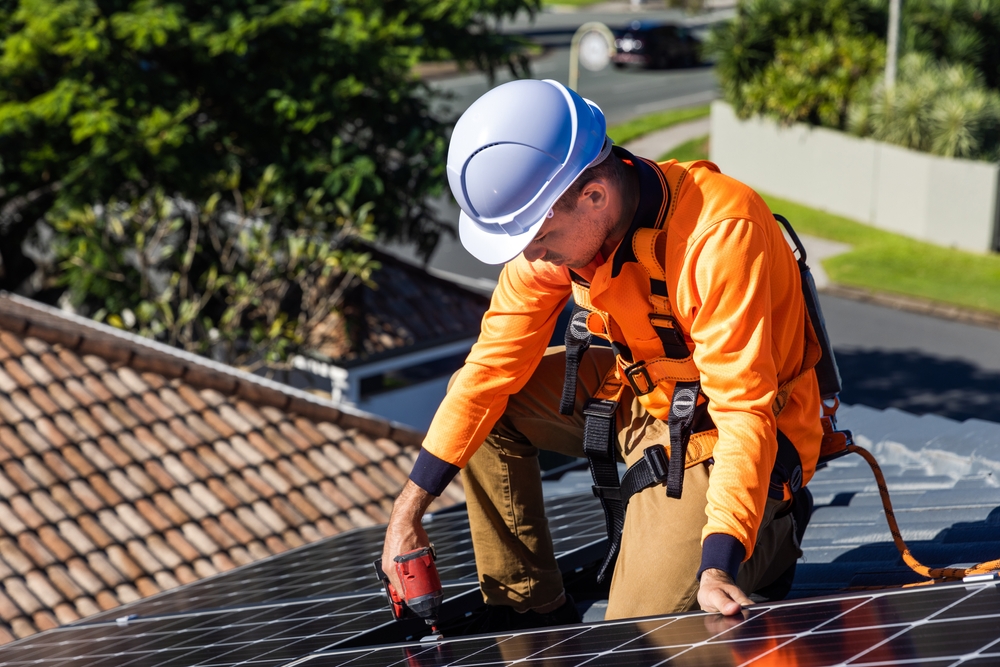Retrofitting a BESS to an existing renewable asset
Up until around 2021, most new renewable energy projects that were coming forward were either BESS-only or solar-only projects without co-location. This was for the simple reason that it is simpler and faster to obtain planning permission for, and implement, single asset projects and because from a funding perspective the additional costs associated with co-located projects had not been considered to be proportionate to the resulting return on investment.
We are now seeing an increasing number of owners of existing generating assets, especially solar pv assets, looking to co-locate BESS assets, by seeking modifications to the asset's existing grid connection. The key driver appears to be the utilisation of any existing grid connection capacity in full, alongside with the maximisation of land use (where existing lease arrangements so permit). The retrofitting of an existing renewable asset with BESS is also intended to help manage renewable asset intermittency and improve the revenue input for the project.
Although this may look straightforward it may give rise to a number of challenges, including where a single SPV structure is adopted. These include:
- Reviewing the grid connection rights to ensure that the BESS installation and operation will not adversely interfere with the export capacity usage of the generating asset or otherwise impact on the grid connection. The grid connection might need to be modified along with contractual variations to and agreements relating to land rights, funding, operation and maintenance etc.
- The electrical connection will have to be AC coupled and the switchgear panel might need some modification if there is no spare bay provision
- If the renewable asset is part of any offtake arrangements (e.g., a power purchase agreement), the off-take agreement might need reviewing to ensure that the addition of BESS does not prevent the SPV from being to comply with its obligations. Consideration needs to be given to the following matters:
- Whether the BESS connection might cause interference to the generation of the solar pv.
- Whether there are any provisions dealing with exclusivity of offtake from a specified metering point, and a right to offtake ancillary services the project provides (in each case where such provisions exist, BESS co-location will need to be structured either to avoid the consequences of these terms or to acknowledge them (for example, by offering the BESS offtake to the existing PPA counterparty, or by seeking a waiver of such rights).
- Reviewing the terms of any existing lease agreement or planning permission to determine whether the addition of the BESS will require any amendments or supplemental applications in respect of such lease or permission.
- Ensuring that any activities in connection with the BESS installation are carried out in compliance with any covenant terms of the existing project’s financing arrangements.
- Reviewing and, if required, modifying any insurance policies covering the existing project to confirm the new development will not automatically void any coverage and ensure that the BESS asset will be covered by those insurances.
- Both EPC and O&M contractors for the generation asset and the BESS should be engaged with from an early stage to consider the practicalities of working on the site and how that is to be managed. For example, if there is a single accessway, how are access schedules to be managed and will one or other project require priority at certain times?
Are co-located projects bankable?
A co-located project may comprise of two assets that are independently viable or two assets where the BESS asset is intended to balance the offtake of the generation asset in order to provide a net revenue benefit.
A funder will be less inclined to invest in a project where the value is impaired by the addition or inclusion of a BESS asset (although we anticipate this becoming less of an issue over time as the market matures). However, where a funder is willing to invest in a project, it will want reassurances that the revenue streams and the assets that protect them (i.e., any offtake arrangements and grid connection arrangements) will not be adversely impacted by the BESS asset. A funder is also more likely to get comfortable with any perceived 'project-on-project' risk of having two separate construction elements if each element can be constructed and operated independently of the other.
In our experience a funder is less likely be concerned by the corporate structuring of the project (i.e., whether there is a single SPV structure or a multiple SPV structure) than it is about revenue security. In some cases, a single SPV structure might be preferred in order to simplify the security and enforcement of revenues. In other cases, a funder (or funders) might prefer a multiple SPV structure in order to ring-fence the liabilities of each asset from the other and ensure flexibility to sell one or both assets/projects independently.
A word on licensing requirements
BESS assets are considered generating stations for the purposes of the UK Electricity Act 1989. It may therefore be possible, subject to the applicability of any class or individual exemptions, that either or both of the renewable generating asset and the BESS require a generation licence to operate.
Concluding comments
Co-locating a BESS asset with a renewable energy generating asset has some clear advantages and should be considered by all developers in order to help manage any intermittency issues affected by any renewable energy generating asset and to maximise the utilisation of any grid connection. BESS has rapidly transitioned from an emerging technology to a fundamental project component for funders and developers.
However, a significant amount of up-front work and due diligence needs to be undertaken to ensure that the co-location of a BESS asset is commercially viable. Funders and developers need to look closely at their contracting and consenting arrangements to ensure that the inclusion of BESS, particularly when retrofitting an existing renewable generating asset with a BESS asset, will enhance the revenue streams of the co-located project and will not otherwise adversely affect the project.
Developers and funders will also need to ensure that the project is structured in a way that best fits with their objectives and that detailed consideration is given to the pros and cons of structuring a co-located project in any particular way.



